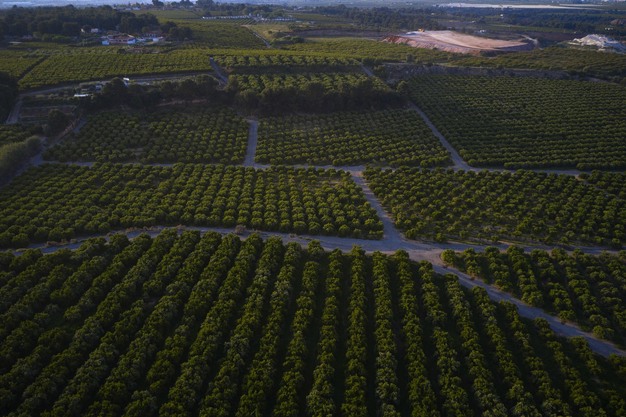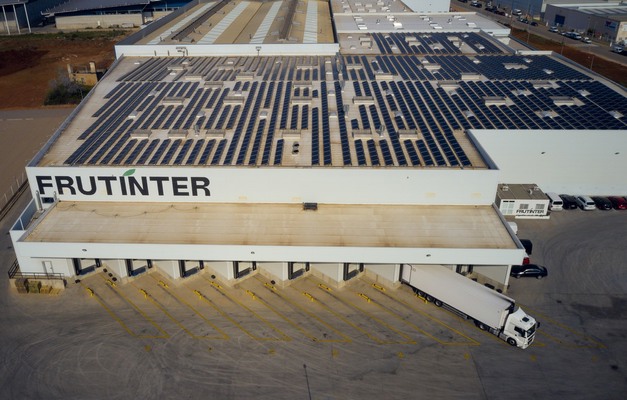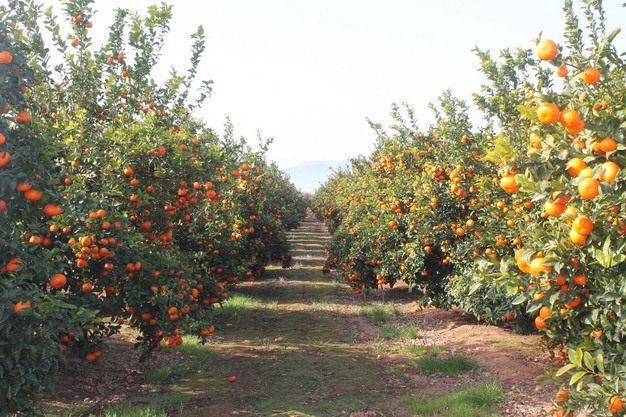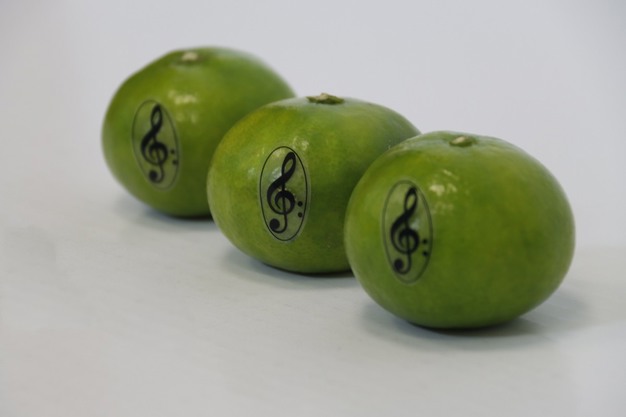The 2023/2024 Spanish citrus season will start soon with the first early mandarins. Purchases at origin have started earlier than usual in view of the forecast of a small production, even smaller in terms of volume than that of 2022/2023.

"We are already getting ready for the new citrus campaign," said David Usó, of Frutinter's commercial department. "We expect to start with the Satsuma Okitsu mandarins at the end of September, as well as with the first extra-early clementines. These varieties will arrive more or less around the same time as in the previous campaign."
In the 2022-2023 campaign, they sold around 110,000 tons of citrus fruits. They also produced and distributed some 20,000 tons of melons and watermelons, as well as another 12,000 tons of other fruits and vegetables.

For the first part of the season, volumes are expected to fall compared to the previous year. "However, the yield of marketable fruit could be higher," said David Usó. We've reached a point where it is becoming increasingly difficult to harvest quality fruit, as pests and the weapons we have to fight them make it difficult for us to obtain high yields of a healthy production. Last season, due to pests, the fruit had many defects that made it unmarketable, but it seems this won't be as much of an issue this year. Heat and drought are factors to be taken into account. There are areas with significant water shortage problems, which will obviously affect the production."
Although pests are more under control than last year, Frutinter's sales representative says that we are dealing with a difficult scenario. "Europe demands compliance with phytosanitary regulations in the field, which sometimes makes us less competitive than other producing countries. Despite this, we always try to eradicate pests as much as possible and to produce good quality fruit."

The purchase of citrus at origin has started earlier than usual and more actively, given the fear of stores of not being able to secure enough supply ahead of a shorter campaign.
"Stores need a lot of fruit and many kilos to be able to serve their customers and not break the supply chain. Bringing the purchases forward involves a certain risk for us, as the market is not influenced by the early purchases. It will all depend more on the quantities and qualities that are left at the time of harvesting and shipping the fruit," says David Usó.

The sector is restructuring with more powerful companies backed by large funds, and this is also increasingly influencing purchases. "Transactions in the sector have been influenced by the creation of large groups that need many millions of kilos, which perhaps motivates them to buy a bit more aggressively than when its members were operating independently," he says.
As for the transition between the southern hemisphere and the northern hemisphere, while it is still too early to know for sure, David Usó said that, to date, not a lot of fruit has been arriving from the southern hemisphere, and prices are very high. "We will see if the last batches from the southern hemisphere interfere with the first lots of domestic Navelina. In any case, the Spanish harvest is not expected to arrive very early, and everything points to a difficult start in terms of both volumes and quality."
For more information:
Frutinter
[email protected]
frutinter.com
